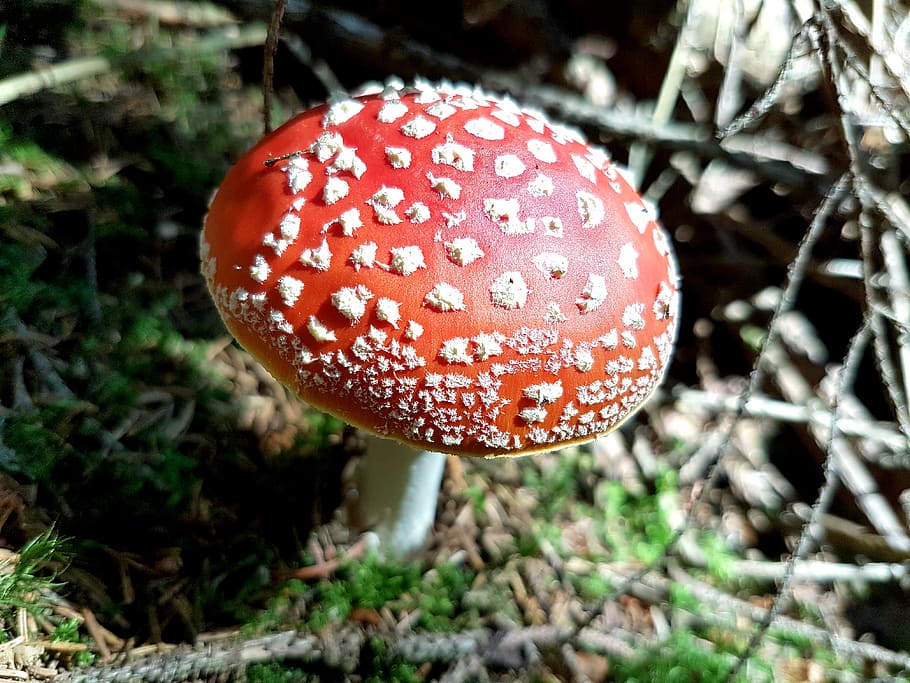
Amanita muscaria, commonly referred to as the fly agaric mushroom, is a striking fungus recognized for its bright red cap and white spots. Found in the wild during late summer and fall, it thrives in Washington State’s diverse ecosystems. While its historical significance in cultural practices is notable, it’s essential to handle this mushroom responsibly and only for educational, research, or decorative purposes, as it is classified as toxic and not intended for consumption.
Where to Find Amanita muscaria in Washington State
If you are interested in observing Amanita muscaria in its natural habitat, Washington State offers several locations ideal for its growth:
1. Cascade Mountains
- Habitat: Wet and humid areas, often near forested regions.
- Best Time to Look: Late summer to early fall.
- Unique Features: Amanita muscaria often appears in areas recovering from recent forest fires, as it is among the first fungi to recolonize these spaces.
2. Olympic Peninsula
- Habitat: Cool, damp environments, particularly near streams, rivers, and other bodies of water.
- Best Time to Look: Late summer through fall.
- Unique Features: This region’s consistent moisture makes it a prime location for mushroom growth.
3. Eastern Cascades
- Habitat: Warm, dry summers followed by cool, wet winters create ideal conditions.
- Best Time to Look: Late summer and early fall, especially near burned-out forest areas.
- Unique Features: Amanita muscaria’s resilience makes it common in recently disturbed environments.
4. Columbia Plateau
- Habitat: Dry summers and wet winters, often near water sources like streams and rivers.
- Best Time to Look: Late summer and early fall.
- Unique Features: Amanita muscaria thrives in areas where moisture is consistently available.
5. Puget Sound
- Habitat: Cool, wet climates, especially near shaded forest areas.
- Best Time to Look: Late summer and early fall, near recent forest fire zones.
- Unique Features: The mushroom’s bright red cap stands out against the damp forest floor.
Important Safety and Identification Tips
- Identification: Always ensure accurate identification of Amanita muscaria, as other toxic Amanita species may look similar. Consult with a local mycologist or expert.
- Harvesting Caution: Mushrooms should never be collected near roads, industrial areas, or polluted zones due to potential contamination.
- Toxicity: Amanita muscaria is not safe for consumption and should only be used for educational or decorative purposes.
Need Assistance Finding Amanita muscaria?
For those interested in learning more about Amanita muscaria, visit our Amanita Muscaria Store, where we offer high-quality products for research and decorative use. Choose from dried mushrooms, tinctures, and more—all prepared with care and attention to quality.
Explore the fascinating world of Amanita muscaria responsibly and with respect for nature.
Please read our Terms & Conditions.




